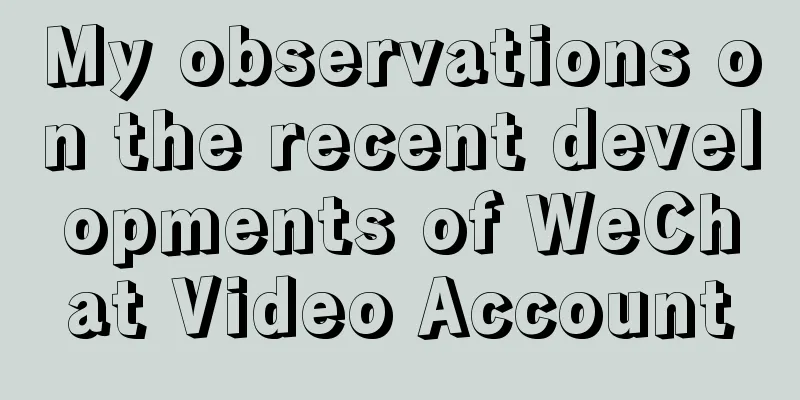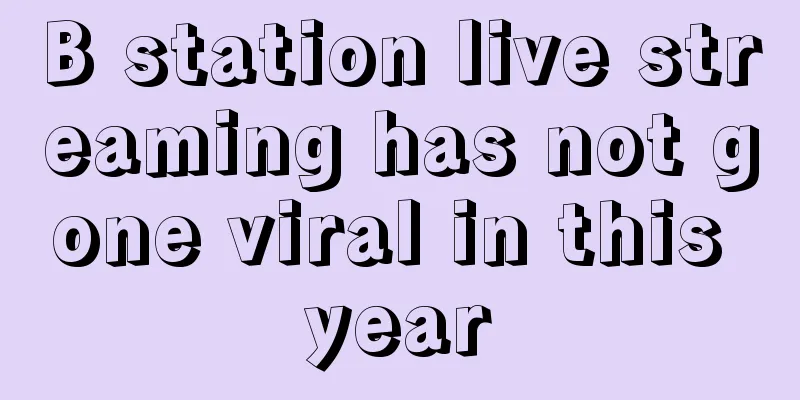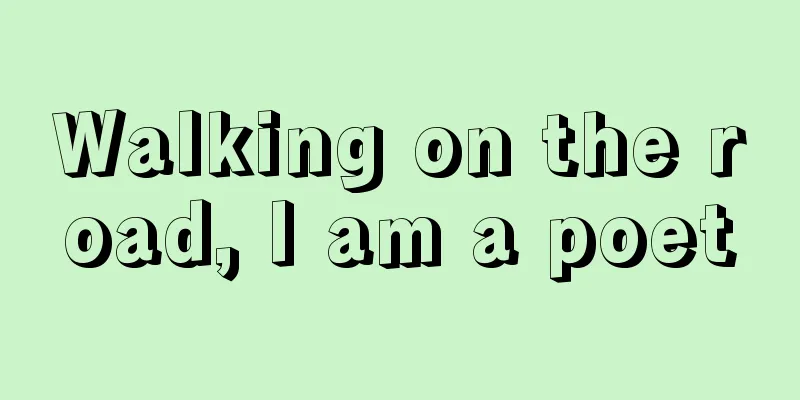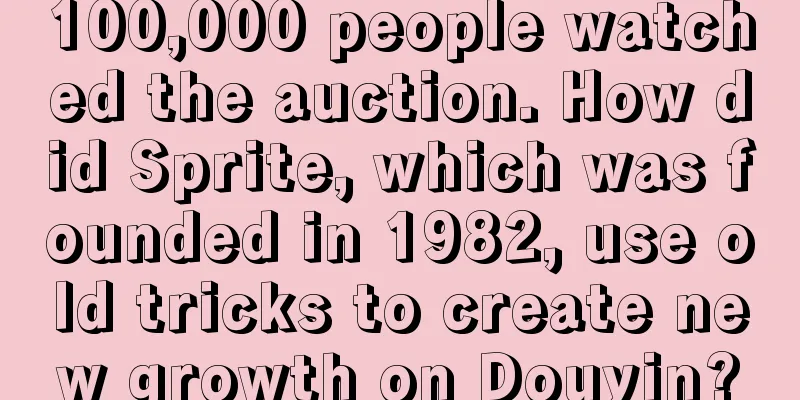My observations on the recent developments of WeChat Video Account

I am one of the earliest video account creators. I started trying it in March 2020. In early 2021, I was one of the first to try the live broadcast function of the video account. Over the past three years, the market's perception of the video account has always been up and down, swinging between extreme optimism and extreme pessimism. I believe that senior video account creators still remember:
As a video creator (I spend more than ten hours or even more on this every week), I want to break away from those high-level and general "strategic thinking" and think about problems from the perspective of product functions and operations. In the past decade of rapid development of mobile Internet, the market has always tended to overestimate "top-level design", "strategic route", "wise decision-making" and the like, but ignored one point - no matter how good the "top-level design" is, it is implemented brick by brick by front-line personnel; and many "strategies" that seem extremely wise in hindsight are actually the result of accidental or coincidental coincidences of time, place and people. Just like those wars and battles recorded in history, readers in later generations only see the lines drawn by commanders on the map, but the people involved only remember how they trudged under the scorching sun and heavy rain, and how they dragged heavy equipment to complete almost impossible detours. So, which level determines the outcome of the war? The answer is: the sum of all levels. There are already many articles studying WeChat Video Account and its competitors at the "general level"; I would like to add some observations from the "soldier level". This year, I have made some new discoveries in the process of creating and operating my own video account as follows:
Let’s discuss each one in turn below. First, since the live broadcast function of video accounts was tested at the end of 2020, the outside world has never stopped criticizing (and even mocking) it: "The so-called video account live broadcast is a group of middle-aged greasy uncles sitting in front of the camera, talking about unrealistic topics such as finance, workplace, technology, or giving inspirational speeches." In fact, the above observations make sense, at least before this year! I would also like to add that the anchors in the early days of video live broadcasts were not only concentrated in the knowledge vertical category and were mainly middle-aged men, but they were also often KOLs from the era of pictures and texts (public accounts), and there were even "ancient big Vs" who had been famous for many years. On almost all other platforms, the mainstream of live broadcast activities is those talent, life and goods anchors - this is how it should be, after all, their audience is wider and more universal. Entering 2023, the situation has changed subtly. According to my observations and my own data statistics, this year's video account live broadcast operating resources are clearly "withdrawing" from the knowledge teaching vertical category and spreading to a wider range of categories. Knowledge vertical activities such as "Eight-fifteen" and "Three People" are still being held, but the popularity is not as high as before. At the same time, talent and goods anchors have sprung up like mushrooms after a rain; they have already had some popularity in the video account in the past few years, and this year they are larger in number and more popular. The e-commerce experts in my circle of friends (most of whom used to be Taobao merchants, WeChat merchants, and Douyin e-commerce) were eager to enter the video account to sell goods as early as the first half of 2022, but they generally returned empty-handed at that time; now they are once again enthusiastic about trying. Considering that the entire e-commerce format is currently lacking new breakthroughs, as long as the video account gives them a little bit of resources, they will try their luck here again anyway. At this moment, they have no choice. Secondly, after a period of operation, the heating pack function of the video account seems to have finally become efficient enough. According to my observation, the improvement of the heating pack effect started roughly 3-4 months ago (that is, after the Spring Festival in 2023). Before this, the success rate of putting heating packs on video accounts was not high (many contents would be judged as "not suitable for heating" by the system), and even if they were successfully put on, the effect was very poor. Therefore, among the various "hand-in-hand teachings on how to make a video account", there are few teachings on how to gain fans through heating packs, because there is no need. Now, the situation seems to have completely changed. The video account heating package function is of course the counterpart of Douyin's Dou+. For the Douyin ecosystem, Dou+ not only brings advertising revenue to the platform, but more importantly, it gives MCNs the option of "large-scale delivery and rapid account creation". In the past five years, many big accounts that became famous overnight on Douyin actually followed the following growth trajectory:
Before this year, the above routines could not be implemented on Video Accounts because the effect of the heating package on Video Accounts was too poor. As the effect of the heating package improves, a large number of MCNs will inevitably flock to Video Accounts and repeat the routines they have played on Douyin. As for whether the official Video Account hopes and encourages this to happen, that is another question. For the "early creators" who have worked hard on Video Accounts for many years, the influx of a large number of MCNs is not necessarily good news, and precious attention resources will be squeezed (I am talking about myself). Thirdly, the revision of the official account this year has further consolidated the position of the video account as the "content hub" of the WeChat ecosystem. In the past, there were two ways to forward the video account content to the official account: either use the "Insert Video Account Link" function (displayed as a card) or re-upload the video. Now, the official account can directly forward the content published by the video account, and can also forward the video introduction with one click. Some people may ask: What is the difference between directly forwarding video account content and inserting a video account link? In short, they are suitable for different scenarios. "Insert video account link" is more suitable for citing video content in the middle of long pictures and texts. The pictures and texts are the main body, and the video is just an extra; "Directly forward video account content" is suitable for sending a separate public account with video as the main body. For example, creators who have the ability to create both pictures and videos can put pictures and texts in the headline and videos in the second post in a public account push. For fans, the difference does not seem to be big; for creators, the time and energy saved is objective. In addition, the recently launched audio upload function of Video Account can be seen as another attack on "non-video content categories" and a tentative expansion of WeChat into the emerging podcast content. We know that Video Account has had the function of sending pictures from the beginning, but this function has not been well developed; so the official account updated the picture push function in 2022, thus taking over the torch of "short picture and text content category". Official accounts have also had the function of audio push for a long time, but not many people use this function; now, Video Account also has this function. Audio content, especially podcasts and radio dramas, is a track with huge theoretical growth but a rather awkward actual status. In many scenarios such as driving, outdoor sports, and before going to bed, audio content has unique advantages that cannot be replaced by any other content; however, audio content has weak interactivity and few commercial options, which is a decisive limiting factor. Therefore, audio may not be suitable for supporting a content application alone, but is more suitable as a component of a broad-spectrum content platform. Previously, the WeChat business group had launched an independent application called WeChat Audiobooks, but not many resources were invested, especially without the support of WeChat’s own resources; adding audio content to the video account is undoubtedly a more efficient and reliable way to capture the audio content market. Combining the above observations, a hidden logic is emerging: after consolidating its position as the second short video platform (second only to Douyin), the development focus of WeChat Video Account has shifted from simply expanding DAU and user time to expanding in various vertical categories and tracks. It also hopes to make up for its shortcomings in operations as soon as possible and provide creators with a variety of handy tools. The support for live streaming with goods and the strengthening of the heating pack function convey the emphasis on commercialization. Before this year, Video Account was still a "growth product" of WeChat, but this year it must become both a "growth product" and a "monetization product" at the same time. There is no doubt that for the product and operation team of Video Account, this year's tasks are much heavier than in the past few years: in the past, they only needed to play the role of "the hope of the whole village" and "the prodigy of the family", but now they need to play the role of "the pillar of the village". Did the video account itself get enough resources? Maybe, maybe not. You know, in terms of operating activities, the video account has always been very low-key and even stingy. Take the recent Messi visit to China as an example. Kuaishou and Taobao Live spent a lot of money to get Messi's live interview (although the time was short and the effect was average), and Douyin won the live broadcast rights of the Argentina vs. Australia match. As for WeChat Video Account, just like it missed the World Cup broadcast last year, it was absent again this time. Of course, we can say: "Spending a lot of money on activities and riding on hot topics is not WeChat's strength. Video accounts should be good at making the best use of little effort and finding their own vertical breakthroughs." The problem is that when Video accounts have reached such a scale, "making the best use of little effort" may no longer be a reasonable choice. In the future, it will also have to fight a brutal war of attrition like Douyin and Kuaishou. Are Video Account and the entire WeChat business group ready for this? I hope they are. Like many people, I am very interested in what will happen next. Author: Pei Pei, leader of the Phantom Thieves WeChat public account: Internet Phantom Thieves (ID: TMTphantom), Internet industry observer and researcher. |
<<: What problems can “closed-loop thinking” solve in corporate marketing?
>>: The truth is always hidden in the comments section
Recommend
What are the reasons for Amazon sellers to be banned? How to appeal?
Amazon seller account is the foundation for seller...
The business revelation of Ideal Auto
The automotive industry is one of the most competi...
With a total of 100,000 private domain users in one year and a repurchase rate of 38%, how does Daily Black Chocolate conduct private domain operations?
How can brands do a good job in private domain ope...
62 brands spent 1.2 billion euros. Is the more expensive the Olympic marketing, the better?
Under the five Olympic rings, the battle for brand...
Which is better, Shopify or Etsy? Comparison between Shopify and Etsy
Competition in the domestic e-commerce industry is...
How to cancel the pre-sale system?
During this year's 618 shopping festival, all ...
Why are major e-commerce platforms canceling pre-sales?
This article analyzes the reasons why major e-comm...
How cunning is YouTube in its fight for TV advertising dollars?
Recently, YouTube has launched an activity to laun...
When it comes to understanding young people’s emotions, can brands not compare to temples?
Recently, temples have gradually become a popular ...
6 recent favorite cases
This article shares six recent very successful cas...
What should I do if Amazon ACOS is getting higher and higher? How can I reduce it?
After opening a store on Amazon, merchants will de...
"Freeloading" has become the first choice for marketing
In this fast-paced era, Internet people are chasin...
What is the difference between Amazon local stores and cross-border stores?
To open a store on Amazon, you first need to choos...
Lei Jun is going to play a skit with Xiaomi? This is not very domineering
The popularity of short dramas remains strong in 2...
TikTok Shop, a copycat for Southeast Asia
This article introduces the rapid development of T...









